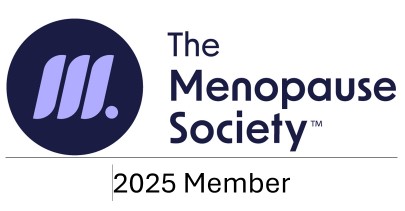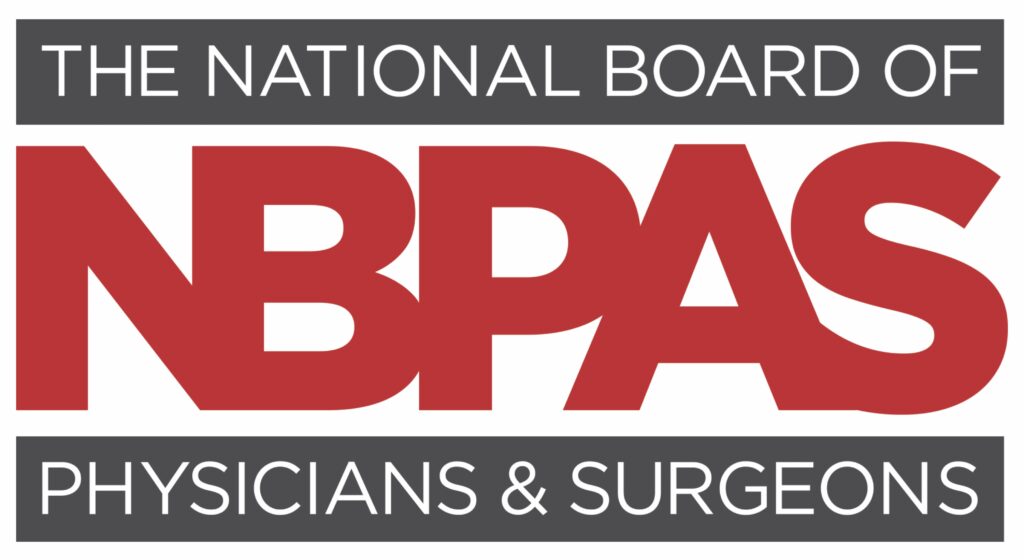
Hormones are your body’s chemical messengers, and when they fall out of balance, they can throw everything—from your mood to your metabolism—into chaos. Estrogen dominance is one of those sneaky conditions that often flies under the radar, yet affects millions, especially women in their 30s to 50s.
Whether you’re feeling bloated, overly emotional, or stuck in a cycle of fatigue and stubborn weight gain, estrogen dominance could be the root cause. The good news? You don’t have to suffer through it. With the right information and treatment strategy, balance is within reach.
TLDR – Quick Guide
Common Symptoms of Estrogen Dominance:
- Weight gain (especially in hips, thighs, and midsection)
- Fatigue
- Mood swings or anxiety
- Irregular or heavy periods
- Breast tenderness
- PMS symptoms intensifying
- Trouble sleeping
- Brain fog
Causes of Estrogen Dominance:
- Chronic stress
- Diet high in processed foods
- Environmental xenoestrogens (plastics, pesticides)
- Poor liver function
- Lack of progesterone
Top Treatment Options:
- Hormone therapy (bioidentical progesterone or pellet therapy)
- Dietary adjustments
- Liver detox support
- Reducing exposure to hormone disruptors
- Stress management techniques
Detailed Breakdown
1. What Is Estrogen Dominance?
Estrogen dominance occurs when estrogen levels are too high relative to progesterone in the body. It’s not just about having “too much” estrogen, but rather an imbalance between these two key hormones.
This imbalance can wreak havoc on your reproductive system, mood, metabolism, and more. Even if your estrogen levels are “normal,” if your progesterone is too low, estrogen becomes dominant.
2. Recognizing the Symptoms
The signs of estrogen dominance often mimic other conditions like thyroid disorders or depression, which is why it’s often misdiagnosed. The most common symptoms include:
- Unexplained weight gain—especially around the hips, thighs, or belly
- Fatigue and low energy, even with sleep
- Mood swings, irritability, and anxiety
- Irregular menstrual cycles or heavier-than-usual periods
- Breast tenderness or fibrocystic breasts
- Insomnia or poor sleep quality
- Decreased libido
- Brain fog and memory issues
If several of these symptoms sound familiar, it’s time to get your hormone levels tested.
3. Root Causes of Estrogen Dominance
Understanding what’s fueling the imbalance is key to finding the right solution. Common triggers include:
- Chronic Stress: Elevates cortisol and lowers progesterone.
- Poor Diet: High sugar and processed foods can spike estrogen.
- Environmental Toxins: Xenoestrogens in plastics, cosmetics, and pesticides mimic estrogen.
- Liver Dysfunction: Your liver helps metabolize excess estrogen. If it’s overburdened, estrogen builds up.
- Hormonal Birth Control: Can suppress natural progesterone production over time.
4. Effective Treatment Options
A. Hormone Replacement Therapy (HRT)
The most effective medical treatment for estrogen dominance involves rebalancing hormones—often by supplementing with bioidentical progesterone. At Mirabile M.D., Dr. James Mirabile uses SottoPelle® pellet therapy, a plant-based, bioidentical hormone delivery method that helps restore natural balance safely and consistently.
B. Natural Detox Support
- Support liver function with cruciferous vegetables like broccoli and kale.
- Add supplements like DIM (Diindolylmethane) and calcium D-glucarate, which help process and eliminate excess estrogen.
C. Reduce Xenoestrogen Exposure
- Use glass or stainless steel containers instead of plastic.
- Choose paraben-free cosmetics and cleaning products.
- Buy organic produce to avoid pesticides that mimic estrogen.
D. Diet and Lifestyle Tweaks
- Increase fiber intake to aid estrogen elimination via digestion.
- Limit alcohol and processed foods.
- Include regular strength training and light cardio for hormone support.
- Practice stress-reduction techniques like meditation or yoga to lower cortisol.
Key Takeaways
- Estrogen dominance is a hormonal imbalance that can lead to fatigue, mood swings, weight gain, and menstrual irregularities.
- It’s often driven by stress, poor diet, environmental toxins, and low progesterone levels.
- Natural and medical treatment options are available, including liver support, detox practices, and hormone replacement therapy.
- Lifestyle changes like eating clean, reducing plastic use, and managing stress can go a long way in restoring balance.
- If you’re struggling with symptoms, get your hormone levels tested and talk to a specialist.
FAQs
- How do I know if I have estrogen dominance?
The only way to know for sure is through hormone testing, which can be done via blood, saliva, or urine panels. A functional medicine or hormone specialist can interpret the results. - Can estrogen dominance cause anxiety and depression?
Yes. Estrogen affects neurotransmitters like serotonin and dopamine. When out of balance, it can trigger mood disorders, anxiety, and irritability. - Is hormone therapy safe?
When done under medical supervision using bioidentical hormones, it’s considered safe and effective for treating hormonal imbalances like estrogen dominance. - Can diet alone fix estrogen dominance?
Diet can make a big difference—especially in reducing xenoestrogens and improving liver detox—but severe imbalances may require additional interventions like hormone therapy. - How long does it take to reverse estrogen dominance?
With proper treatment, many people notice improvements in symptoms within 1–3 months, though complete hormone rebalancing may take longer.

